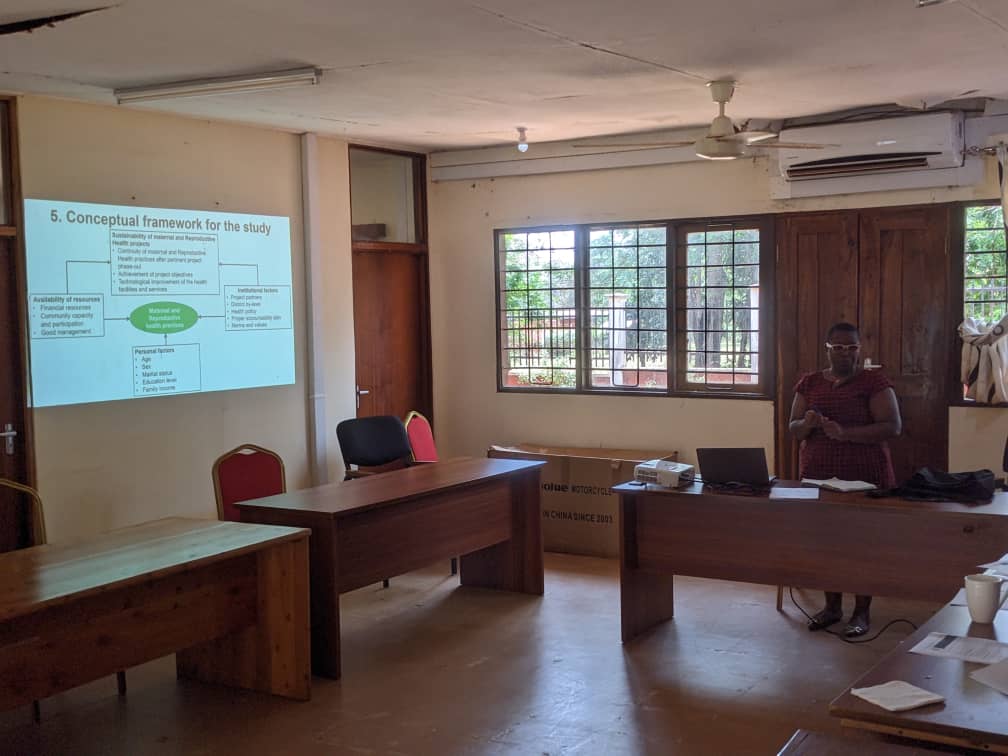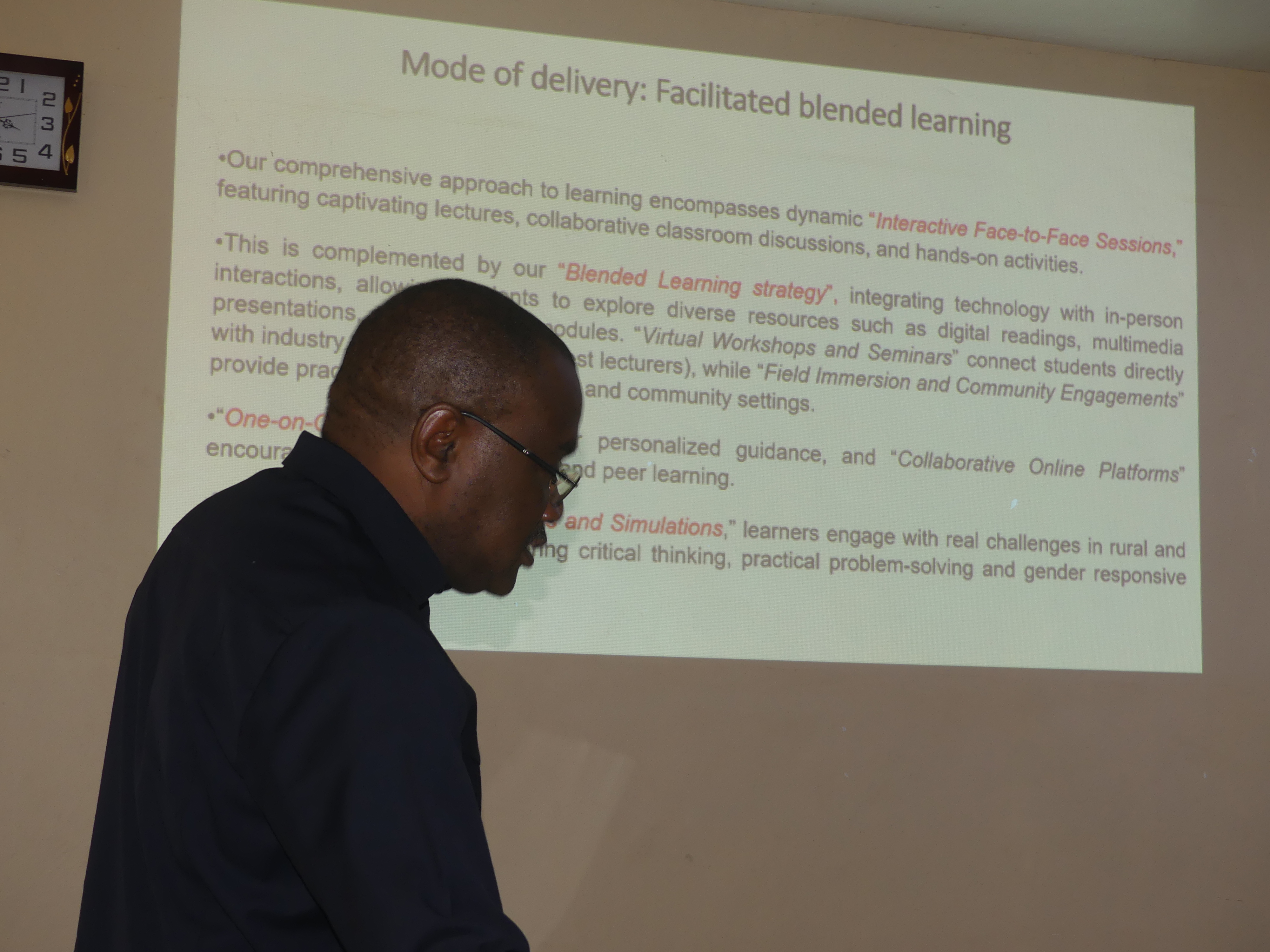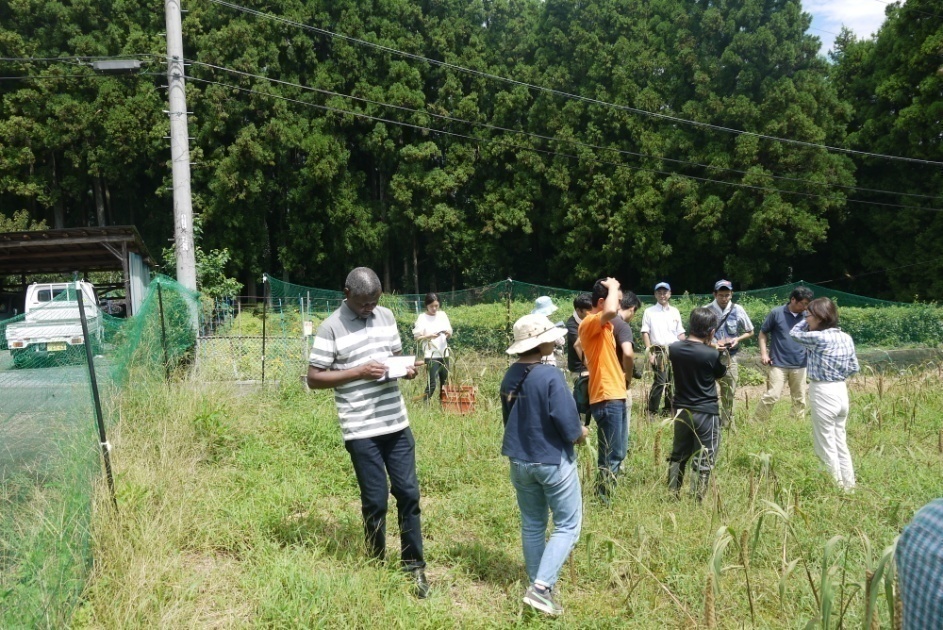
Picture 1: discussion at the fox-tail millet field at Misakubo village in Shizuoka prefecture
Introduction
This report covers what I participated in, observed and learned during my two weeks visit to Nihon University in Japan. The visit followed an invitation letter which was dated 3rd July 2018 from Regional Research Institute of Agricultural Production (RRIAP), College of Bioresource Sciences, Nihon University (NUBS). I was invited as an exchange researcher under the programme organized by RRIAP-NUBS for the period of two weeks from 31st August to 15th September 2018. During this visit all the travel expenses as well as those of my stay in Japan for the mentioned period were covered by RRIAP.
Information collected for this report was based on what I personally experienced, interviews with people in areas I visited and field observations. Because I did not have a command of Japanese Language, my counterpart (contact person) Dr Futoshi Kato was helpful as he translated what was spoken from Japanese to English forward and back between me and the people I talked with.
Activities I participated during my visit in Japan
Visit to Shizuoka Prefecture
On 2nd of September 2018 we conducted an excursion trip to Shizuoka Prefecture together with my hosts Dr Futoshi Kato, Dr. Sasakawa, and Professor Kurauchi, along with two Master Students. It took us more than two hours to come to Shizuoka. On the way I observed a technology whereby fans are used to control snow accumulation in tea farms during winter time to avoid damaging of tea plantation by the snow. It was an interesting experience on how fans were used to mix warm and cooler air currents to dissolve the snow. When we arrived at Shizuoka we first visited a shop where various farm implements for paddy production were being promoted and sold, as well as various varieties of vegetables and other crops and organic and inorganic fertilizers. I could observe simple but improved technologies that help farmers by simplifying their work and facilitating increased production and productivity efficiency and effectiveness. Afterwards, we visited a farmer who was producing tomatoes using tomato plant cuttings and stalked them for support using iron stalks and clips usually used for attaching washed clothes. I was informed that this farmer had undertaken his Bachelor degree studies at Nihon University and he was applying the knowledge he had acquired from his studies. With the educated farmer was his father, who likewise appeared to have had accumulated an abundant knowledge in production of tomatoes and other crops including Lotus and pumpkin. I witnessed a farmer using green-house technology and vegetative parts of tomato plant to sustain and preserve a particular strain of tomato which he had promoted in a local hotels market and was supplying therein.
However, the tomato plants appeared to have been infected with viral diseases. There were some different views regarding use of vegetative propagation through tomato plant cuttings under such disease scenario. The researchers claimed that when infected with viral diseases, use of cuttings transmits the disease from one generation of plants to another. As such, the researchers thought the solution to controlling the viral disease was uprooting and burning the infected tomato plants. On the contrary, farmers claimed that the third generation (filial three) of that tomato plant is viral free. Since farmers liked the variety of the tomato that they had planted, they thought if the variety is lost, it would be difficult to bring it back. As such, farmers learned by seeing and doing while the researchers used professional knowledge but when the two sides meet it could be the start of further research to reconcile contrasting opinions, that is, the knowledge of farmers and that of the professionals (researchers).
On the 3rd of September we visited a village which was situated at Misakubo Cultural Hall and fields. In the fields, we could learn about production of Fox-tail millet from the group of Japanese farmers. Farmers provided us with information on how they were promoting cultivation of Fox-tail millet and traditional round potatoes through an organization of farmers group, and on how through farmers group they have attempted to look for markets of Fox-tail millet to a company which was involved in the manufacturing of sweets. I could learn that the so called village in Japan was a place with all necessary social services such as hospitals, good roads networks, good telecommunication, good water supply and so forth. It was well organized in terms of land use planning, where different land uses such as settlements, roads, forests crops-farms, and market infrastructures were placed in a good pattern.
During the field visit Japanese farmers informed us about challenges they experienced in their production activities of the Fox-tail millet. The main challenge was that of wildlife attack (especially bush-pigs) of their crops. Farmers expressed that there has been migration of youth from villages to urban areas in search for opportunities including employment in urban areas. As such the population of people has decreased in rural areas but that of the bush pigs (wildlife) has increased and their crops are constantly being raided and destroyed by the wildlife. We could observe an electric shock system which was encircled around the fields as a way of protecting crops against the wild pigs. We could also observe a field of the Fox-tail millet that was seriously destroyed by the wild pigs. The conversation of the farmers were echoed by a wildlife officer who was one of the participants of the workshop who informed me that there has been increase of the wildlife of recent, the phenomena he attributed to the establishment of monoculture systems of forest production that have destroyed biodiversity which used to provide foods for the wildlife. As such, according to the officer, nowadays the wildlife have to look for foods close to peoples homestead where food crops are produced and this has become a critical problem to the farmers.
After field visit we went to a workshop hall (a seminar room) which had been booked for presentation of participants from Millet Society in Japan as well as researchers. There were several presentations at this hall, from PhD students, and other visitors and researchers. During all this time my counterpart Dr Futoshi Kato was of great help by translating to me in English what was been presented in Japanese. In nutshell I could learn the following as a summary from some presentation.
One presentation was about how consumption of millet increased production of certain kinds (diversity) of beneficial bacteria among the football players and that increased the efficiency of these players during their field performance. The presenter pointed out that the diversity of useful bacteria had an effect in terms of improved elasticity of skin of players. As such, the presenter was
concluding that players be encouraged to eat millet. Another presentation came from a Masters student. It was about comparison of various moisture contents (rainfall stress levels) in terms of their influence on the performance of paddy yield for different varieties of paddy. The third presentation was done also by a female PhD student who compared performance of finger millet under different field conditions which she imitated through greenhouse, and she concluded that farmers may produce finger millet even when they do not use their conventional practice of setting fire which usually becomes environmentally unfriendly. The fourth presenter was a woman from Hokkaido who represented a group of 40 group members who cultivate millet organized through value chain with distribution of tasks among the members along the value chain. There was a man who undertook production roles and after producing he sells the produce to women group that then made various finished products and sold.
On 5th of September we returned to Nihon University and on 6th of September I paid a courtesy call to the Management of Nihon University where I was introduced to them by my host Dr Futoshi Kato. Dr Kato first took me to the Research Assistant Eri Matsuya who took us to the Vice Dean of Nihon University Professor Soich Maruyama, and the Director of Research Professor Yutaka Yamamuro.
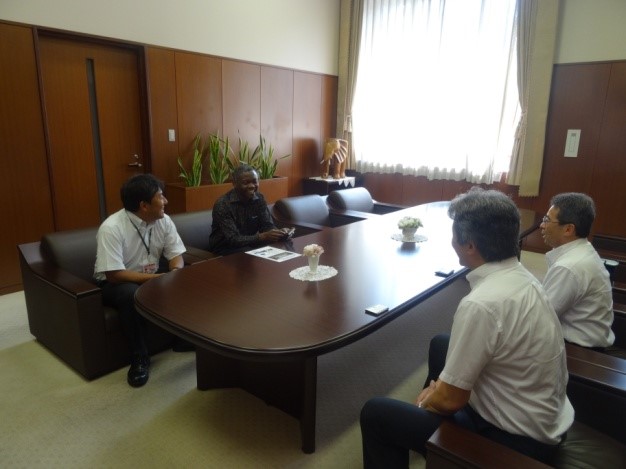
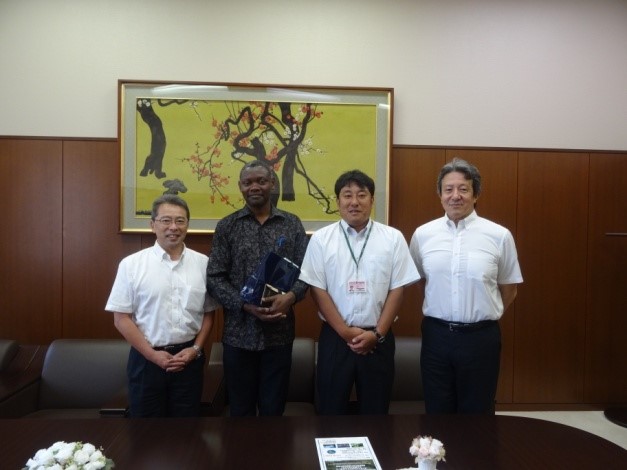
Picture 2: Courtesy call at the office of Vice Dean of Nihon University Professor Soich Maruyama (standing, on your right hand), and the Director of Research Professor Yutaka Yamamuro (standing, on your left hand) at the middle is Dr. Futoshi Kato and Christopher Mahonge
On 14th of September 2018 I made a presentation to students and some staff of Nihon University, Dr Futoshi Kato served as my translator to enable two way communication from me to students and staff and the vice versa. The presentation was titled Conflicts and conflict Management Mechanisms; The case of private forestry in Southern Highlands in Tanzania.
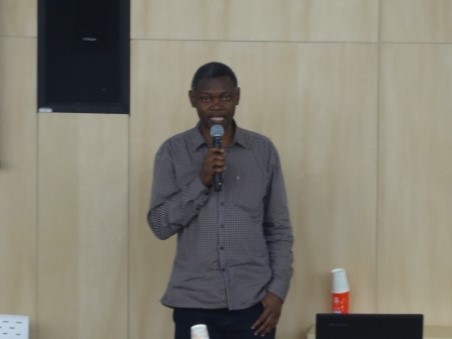
Picture 3
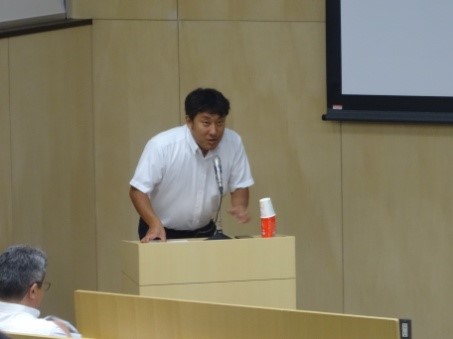 Picture 4
Picture 4
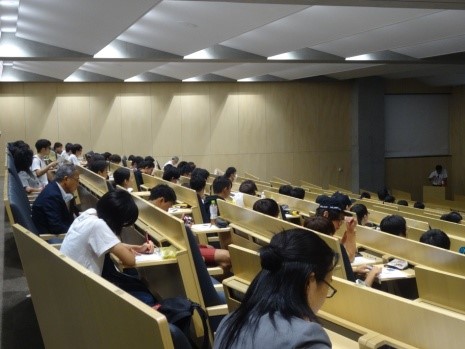
Picture 5
Pictures 3,4 and 5: Seminar by C.P. Mahonge at Nihon University on 14th September 2018, Picture 3 is Prof. Mahonge, Picture 4 is Dr. Futoshi Kato and Picture 5 is the audience that participated during the seminar presentation.
The presentation session was followed by questions and answers wherein three students asked three questions which were well thought of. The questions included
- How can the government be trusted as a conflict manager in land based conflicts
- How does the income of domestic investors compare with that of the local people
- What is the position of the central government in the conflicts related to private forestry?
Acknowledgements
I would like to express my gratitude to Regional Research Institute of Agricultural Production (RRIAP), College of Bioresource Sciences, Nihon University (NUBS) for inviting me to the researcher exchange programme and covering all my travel and subsistence expenses. I should similarly express my heartfelt thanks to Dr. Futoshi Kato for providing me with company and keeping a close eye and directing me around various places in Japan as well as serving as an intermediary by translating Japanese language into English. Also I would like to express my thanks to Prof. Mizuno for including me as one of researchers in the exchange programme. Last but not least I would like to thank the Family and a Mother of Dr. Futoshi Kato for their hospitality while in Japan.

